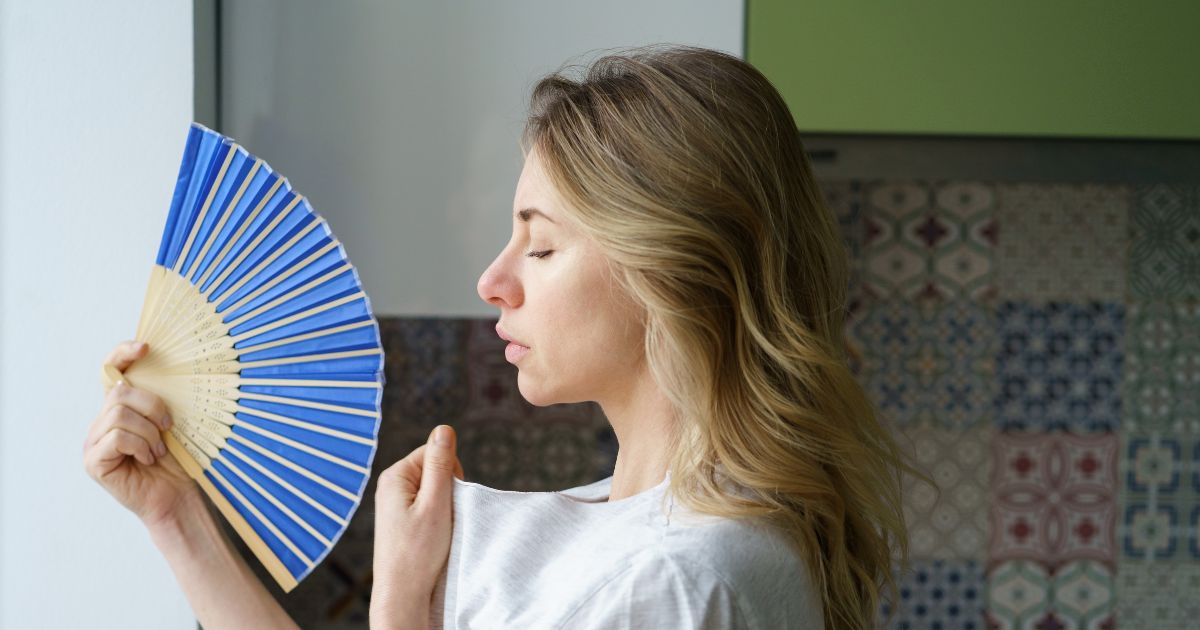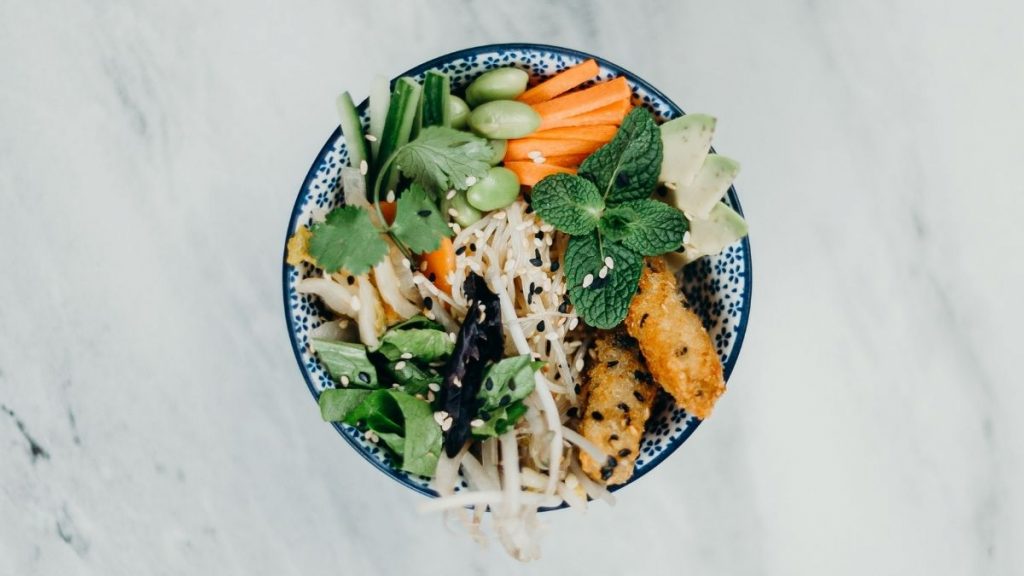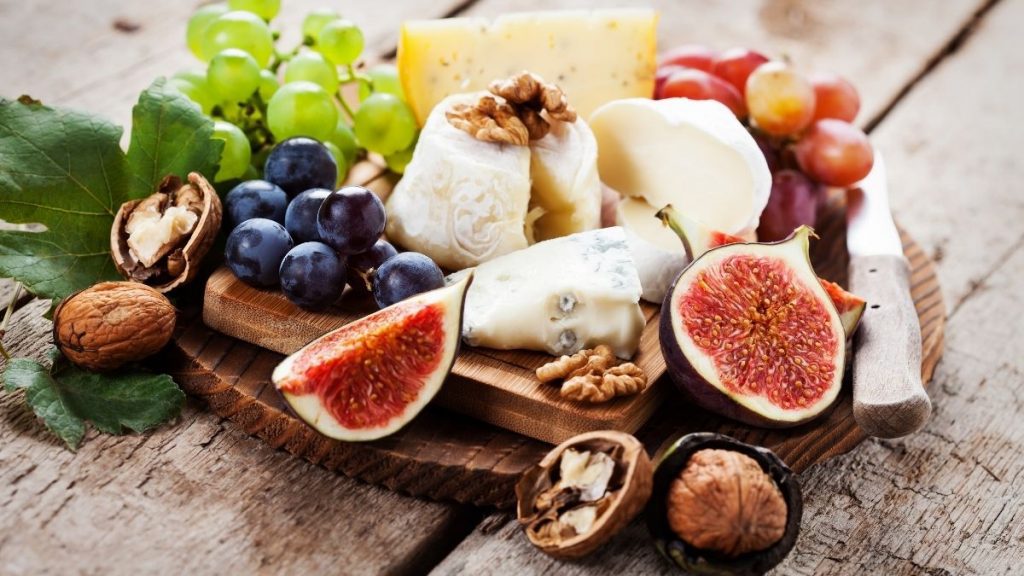
Do you find that your migraine headaches increase in frequency during the summer months? This is more common than you may think. For some of us, the warmer temperatures and extra sunlight results in painful migraine episodes.
We can’t control the weather and uprooting to the arctic every summer isn’t exactly realistic. There are, however, steps that can be taken to minimise the impact of migraines at this time of the year, allowing you free to relax and enjoy the season.
Migraines and weather sensitivity
So, what is the connection between migraines and the weather? Well, all kinds of things can trigger migraines, including, it seems, various environmental factors – anything from a change in climate, such as temperature or humidity, to storms and high winds.
As it stands, scientific evidence on the subject is inconclusive, and far more work in this area of research is needed. Still, that’s not to say there aren’t links being made. Multiple studies and clinical trials have recognised, and continue to explore, the association between weather sensitivity and migraines.
One 2004 study examined 77 migraine patients from a headache clinic, who provided headache calendars for a period ranging from 2 to 24 months. 39 patients (50.6%) were found to be sensitive to weather conditions, including temperature and humidity, a changing weather pattern and barometric pressure.
Some people find that they are affected by a sudden drop in temperature, meaning more migraines in the winter, while others determine hot weather as a migraine trigger. Aside from changes in temperature and humidity, sunlight exposure also appears to influence migraine episodes. The results from one 2013 study, which explored a case series of 16 sunlight-induced migraine patients, identified more intense and frequent attacks during the summer when the sunlight is brighter.
Summer lifestyle changes
Whilst it appears that weather sensitivity can influence migraines, there could also be other seasonal factors at play. In the summertime, our lifestyle and habits may change. For example, when it’s hot, we’re more likely to become dehydrated, and warmer nights and more sunlight can lead to sleep disturbances – both of which can provoke migraine attacks. Changes to your routine, stress, certain foods and even summer allergies like hay fever could present themselves as triggers, and it’s possible to have multiple triggers at once.
7 tips for preventing migraine attacks in hot weather
1. Know your triggers
First things first – identify your migraine triggers. One of the best ways of going about this is by keeping a diary, which allows you to closely monitor your migraine symptoms apace with your lifestyle. Record the date and time of your attack, any warning signs and other important details. You may start to see a pattern and find that your triggers are not purely weather-related.
2. Stick to a routine
During the summer months, disruptions to your routine may lead to migraines. Focus on maintaining a balanced lifestyle by getting enough sleep, undertaking regular exercise, eating regularly, staying hydrated and avoiding your triggers.
3. Keep an eye on the forecast
Always be prepared. Keeping a close eye on the weather forecast will enable you to make smarter choices. Let’s say it’s set to be a scorcher next Saturday. Perhaps that hiking trip you’ve got lined up can wait…
There are also migraine apps that predict the weather in advance using barometric pressure charts, which may prove beneficial when it comes to managing your summer migraines.
4. Stay hydrated
When it’s hot and humid, our hydration levels plummet. This, unsurprisingly, can bring on dehydration headaches and migraines. The National Migraine Centre recommends drinking 1.5 to 2 litres of water every day and even more in very hot conditions or if you’re particularly active. Alongside plenty of fluids (discounting alcohol), eat foods that are high in water, including fruit and vegetables.
5. Protect your eyes
Between 20th and 22nd June, the summer solstice takes place, providing the UK with the longest day of the year and sunlight that lasts for almost 17 hours.
To keep migraines at bay, invest in some good-quality sunglasses. Those with FL-41 tint may be a good option because they have been specifically designed to help with light sensitivity, known as photophobia.
6. Cool off
It may seem obvious but limiting your exposure to the heat and sunlight is important. Don’t worry – we’re not saying you have to cut out all sunshine completely. Just be cautious. If it starts getting too hot, plan your escape. Find some shade, an air-conditioned shop or restaurant and head indoors for a little while.
7. Don’t overexert yourself
After a long, dreary winter, summer in the UK can’t come quicker. When it arrives, many of us become overly excited. But remember, overdoing it doesn’t help migraines. Relax, take a break and stay in control.
Importantly, when it’s hot, try to limit vigorous activity like exercise. Instead, take your walk in the early morning or evening hours, when it’s cooler and the sunlight is weaker. You could also consider an indoor exercise such as yoga, dance class or indoor swimming.
Try our migraine patches
Featuring a natural combination of ingredients, including vitamin D, ginger extract, chamomile extract and lavender powder, To Better Days migraine patches shorten the length and severity of migraine headache episodes and reduce recovery time.
They’re discreet and offer easy-to-use, fast-acting migraine relief. Simply apply the patch to your temples, forehead or neck and experience lasting benefits!




